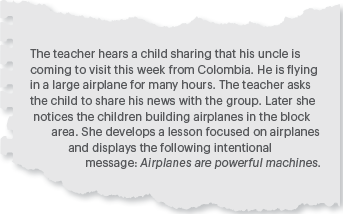More Strategies for Supporting Children in Superdiverse Settings
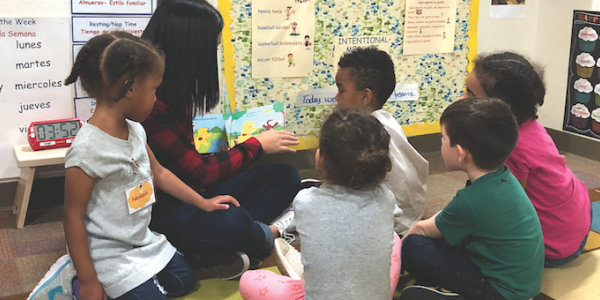
You are here
This is the second of two articles offering strategies for teaching children in classrooms where a variety of home languages are spoken.
All across the country, teachers welcome to their classrooms children who speak a number of different languages and are just beginning to learn English. In these superdiverse classrooms, teachers need strategies to ensure the children experience personalized oral language learning (POLL).
Personalized oral language learning
In the December 2018/January 2019 issue of TYC, we provided POLL strategies for engaging families of young dual language learners and enriching the classroom environment with examples of the children’s languages and cultures (see naeyc.org/resources/pubs/tyc/dec2018). Here, we offer POLL strategies for fostering conversations and interactions with children.
Conversation and interaction
Keep in mind that it’s really important for children to see, hear, and speak their home languages throughout the day. They need to see books and environmental print in their languages all through the classroom. They should hear teachers use key words and phrases in their home languages, even when the teachers don’t speak the languages well—or at all!
All teachers can learn a few phrases in each child’s home language to say hello and goodbye, ask children how they are feeling, and generally engage with them—for example, please and thank you, praise, encouragement, directions, and expressions of interest and surprise. The children also need opportunities to speak their home languages in conversations with fluent adults, say, family or community volunteers or staff members.
Using children’s home languages for behavior management and emotional support seems to come most easily. But don’t forget to ensure the languages are used intentionally for instructional purposes, like previewing and reviewing new concepts and key vocabulary words before introducing them in English. (These are activities that parents and volunteers can carry out.) Teaching in this way will improve dual language learners’ comprehension of lessons presented in English, increase their ability to learn important preschool concepts, and help them bridge what they know in their home languages and what they need to learn in English.
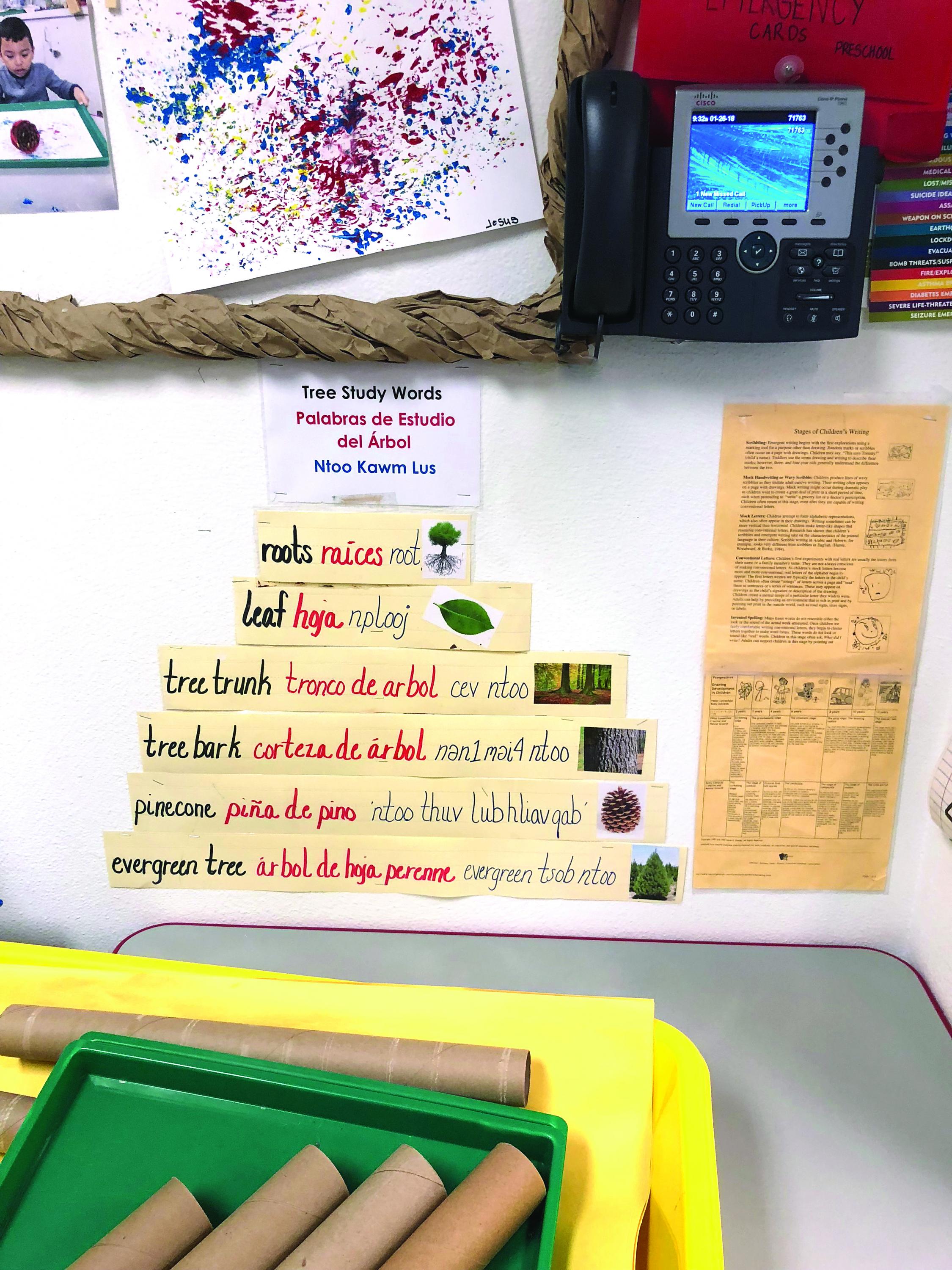
Try these key strategies:
Preview materials and concepts in children’s home languages, when possible:
- Write and explain intentional messages—these help children to understand the purpose of each lesson or learning experience, and they incorporate content vocabulary.
Use new English vocabulary throughout the day and across all domains:
Represent new vocabulary in multiple ways—pictures/photographs, diagrams, physical gestures, movement, drawings, etc.
- Schedule daily vocabulary activities in groups of no more than three to five children. They may include neighborhood walks, mealtime conversations, and targeted daily times focused on language activities.
- Lead the class in fun theme- and vocabulary-related chants, songs, and poems.
- Avoid simultaneously translating during instruction.
- Accept children’s language mixing— that is, their code switching.
Add a translation step to your instructional planning:
- Find fluent volunteers or use an online translation tool (like Google Translate), and practice the pronunciation of vocabulary in other languages.
- Ask the children to help translate and to teach key words for everyone to learn. This communicates the value of learning multiple languages. It also lets children feel pride in their home languages!
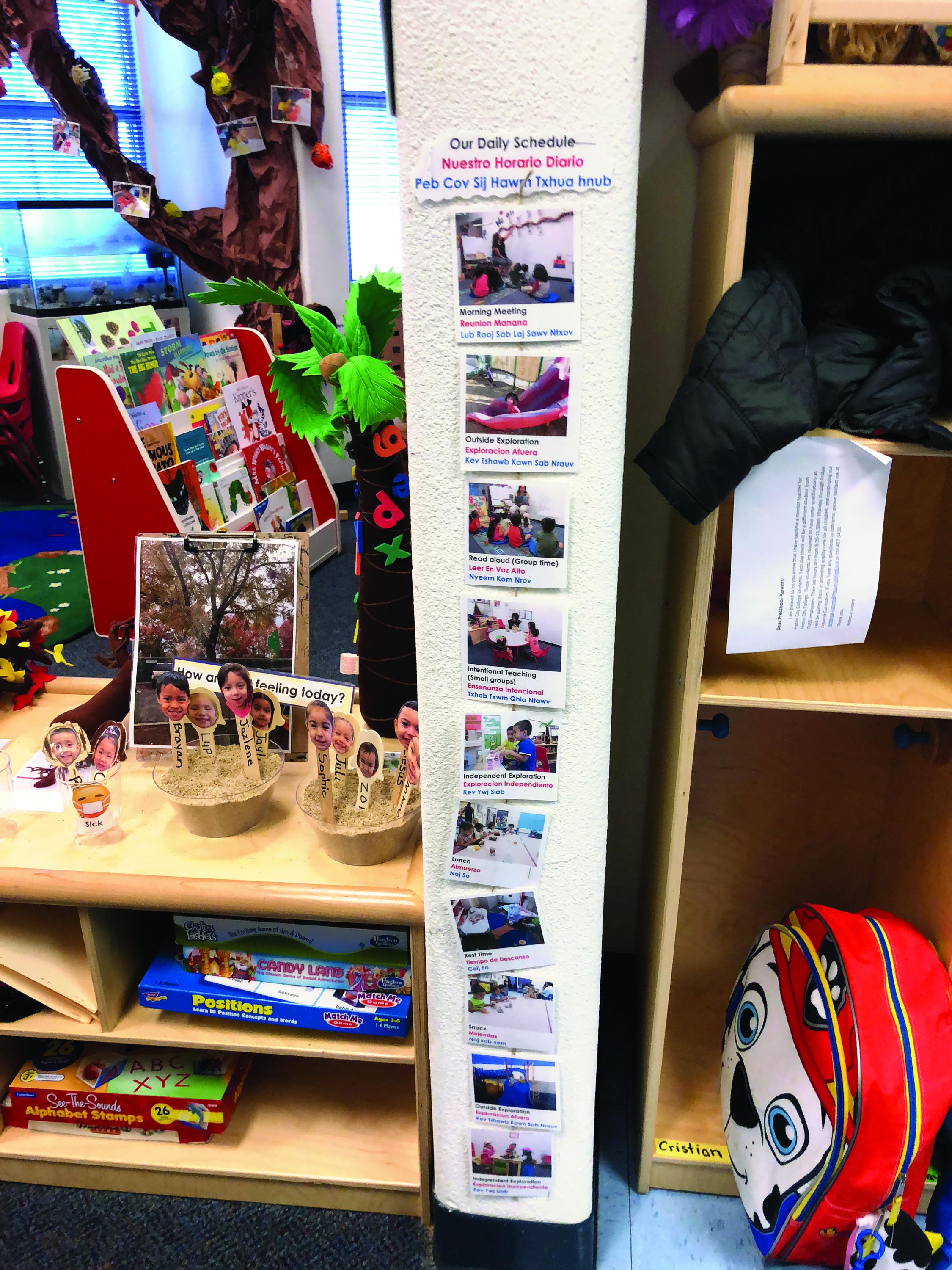
Try to provide fluent models for each home language—invite volunteers and family and community members who are fluent in the children’s languages to lead reading circles for new storybooks and to have informal conversations with children.
Read aloud books in English multiple times to give children several opportunities to understand and enjoy the story:
- Encourage the children to act out stories using English during repeated interactive readings.
- Lead a story walk (that is, flip through the book’s pages and illustrations and highlight key parts of the story) using words and phrases gathered from the children and their families in their home languages.
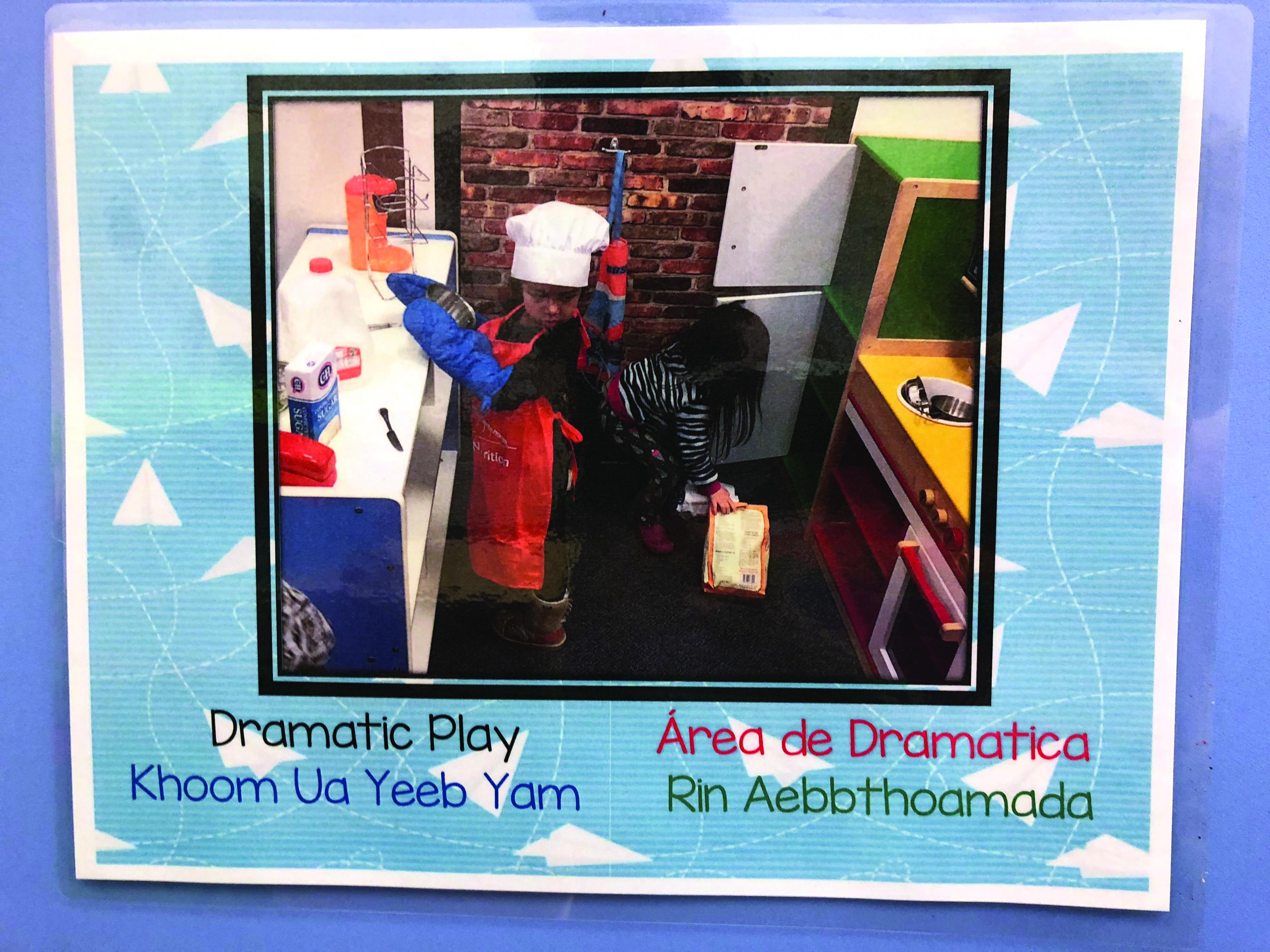
Hold a daily dialogue with each child to stimulate frequent story-centered conversations, using questions at the child’s language level. Offer prompts to support the child’s responses, and accept mixed language use.
- Build on a child’s responses using more complex grammar and unusual words in a way that follows and expands the child’s interest and curiosity.
- Use repetitive phrases and use materials such as props, photographs, and illustrations to encourage peer-to-peer story retelling and the sequencing of essential plot elements in English. See an example of this strategy in action—children using a felt board—in this video: https://bit.ly/2PMESf6.
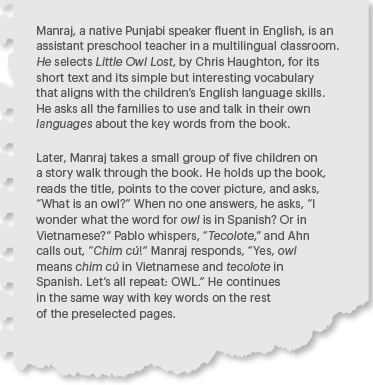
Plan the curriculum based on thematic units that immerse children in specific, related topics so they have time to grasp essential concepts and internalize and use key vocabulary.
- Use intentional messages, as you did in the preview, to reinforce the unit’s big ideas and key vocabulary.
- Schedule daily vocabulary activities during center time, neighborhood walks, and mealtime conversations, in small groups of no more than three to five children, using gestures, props, and photographs to convey meaning.
Conclusion
When you apply the POLL strategies as field-tested steps that lead to overall language development, you turn children’s home languages into tools for learning (rather than obstacles to learning). Meeting the needs of dual language learners in superdiverse preschool settings becomes a welcome opportunity to promote activities and interactions that raise the quality of learning for all children!
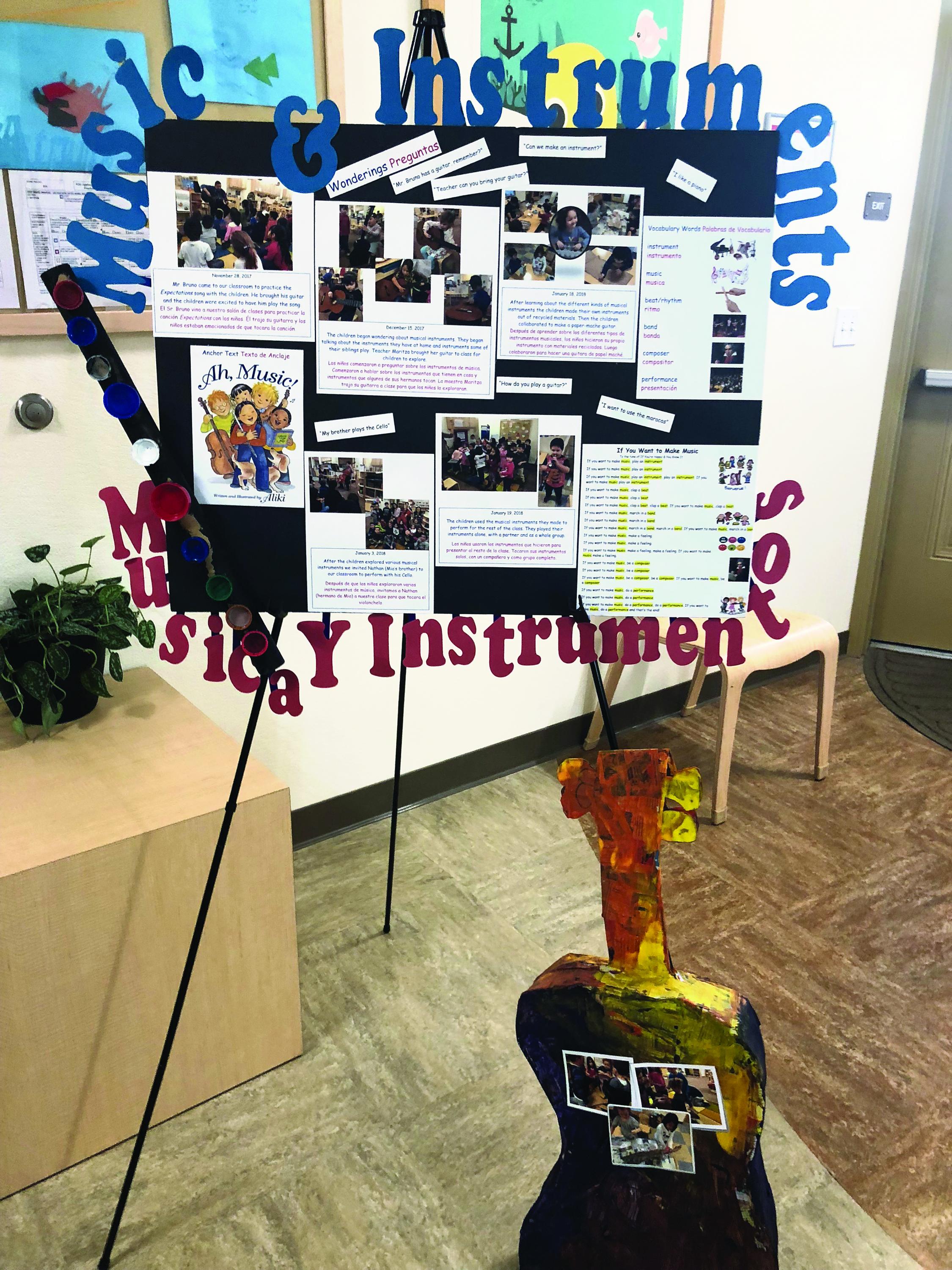
Note: This article builds on “Many Languages, One Teacher: Supporting Language and Literacy Development for Preschool Dual Language Learners,” by Elizabeth S. Magruder, Whitcomb W. Hayslip, Linda M. Espinosa, and Carola Matera, in the March 2013 issue of Young Children. Based on feedback we received from teachers, we expanded the strategies we described in that article to more fully support young dual language learners in attaining the benefits of full bilingualism.
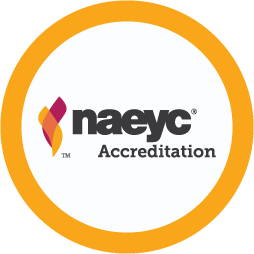
STANDARDS 3: TEACHING
3B: Creating Caring Communities for Learning
3F: Making Learning Meaningful for All Children
Photographs: Courtesy of Carola Oliva-Olson
Carola Oliva-Olson is an associate professor at California State University Channel Islands. She supports dual language programs and offers professional development as an independent consultant.
Linda M. Espinosa an emeritus professor of early childhood education at the University of Missouri, Columbia, was a co-principal investigator for the Center for Early Care and Education Research–Dual Language Learners at the Frank Porter Graham Child Development Institute, the University of North Carolina at Chapel Hill.
Whit Hayslip served as the assistant superintendent for early childhood education in the Los Angeles Unified School District and currently consults for the David and Lucile Packard Foundation.
Elizabeth S. Magruder, a senior program associate at WestEd’s Center for Child and Family Studies, supports dual language professional development as an independent consultant.
